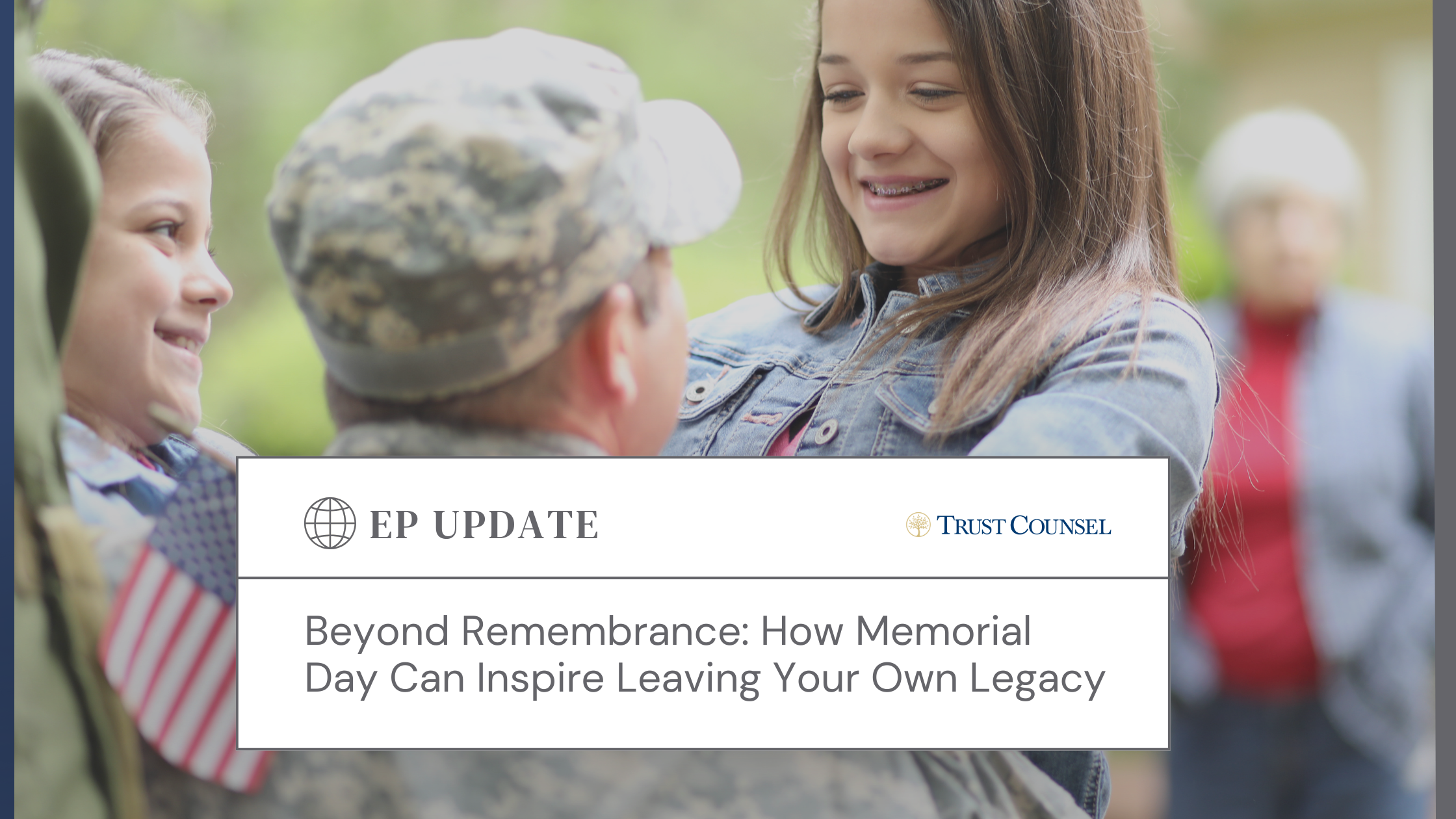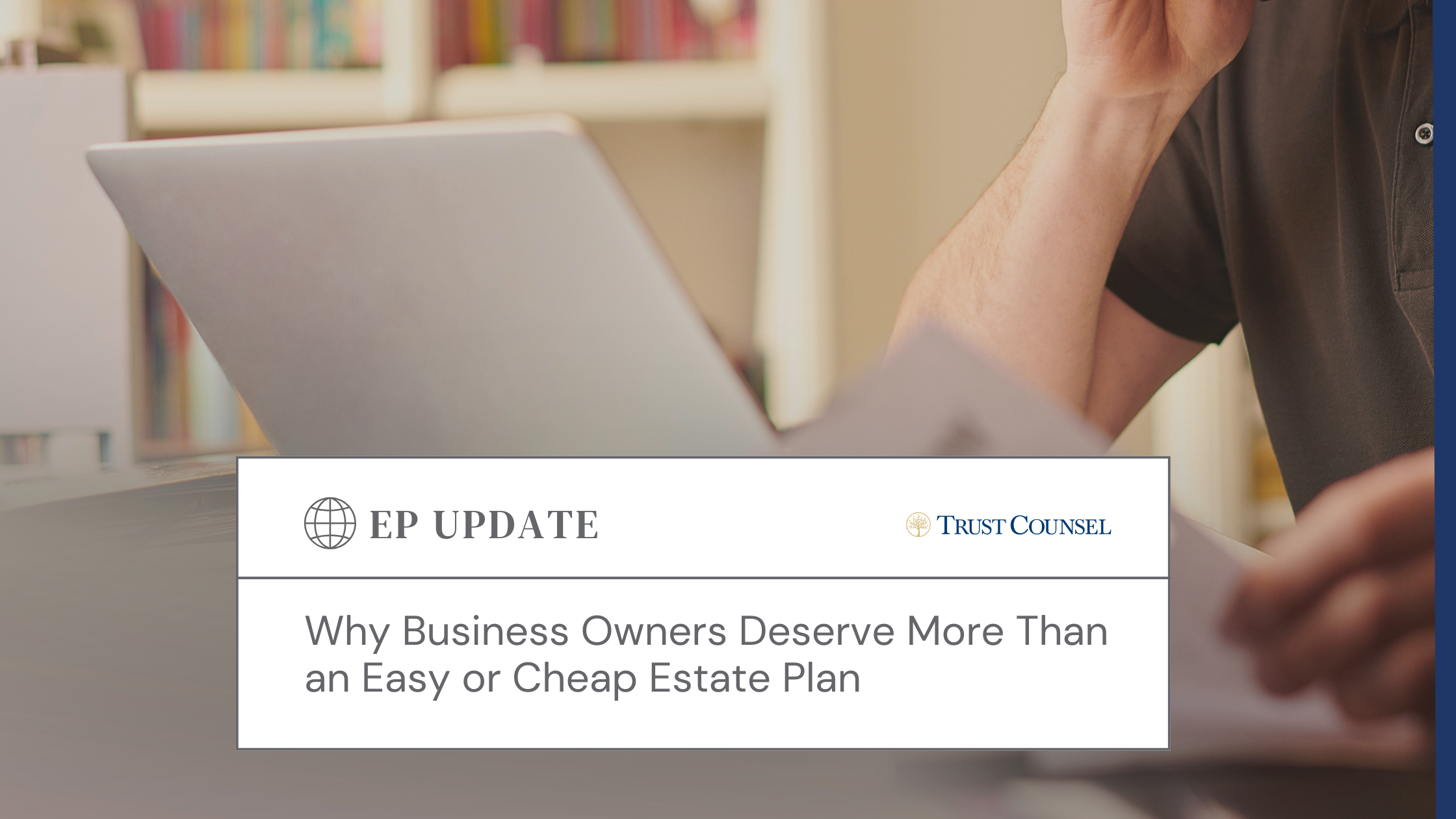It’s the beginning of the month, and bills are coming due. If you are stressed out, it’s important that you know where and how to get access to financial relief. Please consider this not only for yourself, but for your adult children and elderly parents, too, even if you do not need it for yourself.
On March 27, President Trump signed a $2.2 trillion stimulus bill into law that will hopefully provide some relief for many, perhaps including you. The CARES Act (Coronavirus Aid, Relief, and Economic Security Act) sends money directly to Americans, expands unemployment coverage, and funds loans and grants for small businesses. So let’s look at how you can access these funds.
Who gets direct stimulus money and how much do they get?
All eligible adults who have a Social Security Number, filed tax returns in 2018 and/or 2019 will automatically get a $1,200 direct stimulus deposit from the government within a particular income bracket. This is true whether you have been laid off, are currently employed, or are currently self-employed or an independent contractor.
To get the full amount:
- A single adult must have an adjusted gross income of $75,000 or less.
- Married couples with no children must earn $150,000 or less for a combined total stimulus of $2,400.
- Every qualifying child 16 or under adds $500 to a family’s direct stimulus.
- If you have filed as head of household, have dependents, and earned $112,500 when you last filed, you will get the full payment.
This payment is not considered income—it’s essentially free money from the government. Therefore, it will not be taxed. It also is not a loan, so if you are eligible, you will not be charged interest or expected to pay it back. As of right now, the stimulus is a one-time payment.
Are there exceptions?
Payment decreases and eventually stops for single people earning $99,000 or more or married people who have no children and earn $198,000 annually. Additionally, a family with two children will no longer be eligible for payments if their income is over $218,000.
If you are an adult claimed on your parent’s tax return, you do not get the $1,200.
What do I need to do to get my stimulus money?
For most people, no action is necessary. If the IRS has your bank account information already, it will transfer the money to you via direct deposit. If, however, you need to update your bank account information, the IRS has posted on their website that they are in the process of building an online portal where you can do so.
An important note: if you have not filed a tax return in the past couple of years, or you don’t usually need to file one, you should file a “simple tax return” showing whatever income you did have, so you can qualify for these benefits.
You can continue to check for updates on how to make sure you get your payment by regularly checking for updates on their Coronavirus Tax Relief page. https://www.irs.gov/coronavirus
When will that money come through?
 Treasury secretary Steven Mnuchin says that he expects most people will get their payments by Friday, April 17th, though other sources say that it could take up to 4–8 weeks.
Treasury secretary Steven Mnuchin says that he expects most people will get their payments by Friday, April 17th, though other sources say that it could take up to 4–8 weeks.
Loans (and Grant Money) for Independent Contractors
If you have a business, are an independent contractor or are self-employed, you can apply for loans, and get a $10,000 grant from the government via the CARES Act.
These are Economic Injury Disaster Loans (EIDL) and Paycheck Protection Program (PPP) loans. Please note that there are still elements of these loans that are not fully understood, and we are giving our best legal interpretation based on information from the Small Business Administration and the US Chamber of Commerce.
VERY IMPORTANT: If you apply for EIDL right now, you can claim a $10,000 advance that does not need to be repaid. It’s essentially a grant that can be used to keep your business alive. You can apply for it right here: https://covid19relief.sba.gov/ Do it, now. This is applicable if you are an independent contractor, or a self-employed business owner. Basically, if you file a separate tax return for your business or a Schedule C on your personal tax return, you SHOULD qualify. But please see note above that we don’t really know how all of this will be implemented. What we do believe is that you should get your application in for the EIDL grant money.
The PPP applications will be made through your bank, so contact your banker, if you believe you will need the PPP loan, which will be forgiven if used for payroll specifically in the weeks after receiving the loan funds.
You should have the following information on hand to fill out either of the two loan applications:
- IRS Form 4506T—Tax Information Authorization—completed and signed by each principal or owner,
- Recent federal income tax returns,
- SBA Form 413—Personal Financial Statement,
- SBA Form 2202—Schedule of Liabilities listing all fixed debts,
- Any profit and loss statements, recent tax returns, and balance sheets.
Here’s a bit more information about both loan programs.
Economic Injury Disaster Loans (Above and Beyond the $10,000 Grant)
Every state has been declared a disaster area due to COVID-19, and therefore your business may be eligible for an SBA economic injury disaster loan (EIDL). This is a low-interest loan that has terms that can last as long as 30 years, and can provide you with capital loans of up to $2 million and an advance of up to $10,000.
Economic Injury Disaster Loans (EIDL) can be used to cover:
- Paid sick leave to employees unable to work due to the direct effects of COVID-19,
- Rent or mortgage payments,
- Maintaining payroll (to help prevent layoffs and pay cuts),
- Increased costs due to supply chain disruption,
- Payment obligations that could not be met due to revenue loss.
Whereas the application used to take hours, it now only takes about 10 minutes to fill out. A couple of important notes, however:
- SBA loan reps have said that they are focusing on processing applications filed after March 30th, so if you have a confirmation number starting with 2000, you should probably reapply.
- Be sure to check the box toward the end of the application if you want to be considered for an advance up to $10,000 (as I mentioned at the top of the article, this amount does not need to be repaid and so is essentially a grant!).
You can apply for disaster loan assistance here: https://covid19relief.sba.gov/
Coronavirus Emergency Paycheck Protection Loan
The CARES Act’s $350 billion allocation to small businesses is specifically called the Paycheck Protection Program (PPP). It specifically incentivizes borrowers who maintain their payrolls, i.e., don’t lay off their employees. This program will fully forgive loans where at least 75% of the forgiven amount is used to pay employees for the eight weeks following the loan. If you lay off employees or cut salaries and wages, your loan forgiveness will also be reduced.
PPP loans can be used to cover:
- Payroll costs,
- Group health care benefits during periods of paid, sick, medical, or family leave, and insurance premiums;
- Interest on a mortgage obligation,
- Rent, under lease agreements in force before February 15, 2020,
- Utilities, for which service began before February 15, 2020,
- Interest on any debt incurred before February 15, 2020.
Small businesses with less than 500 employees (including sole proprietorships, independent contractors, and those who are self employed) are eligible. You can apply through SBA 7(a) lenders, federally insured credit unions, or participating Farm Credit Systems (ie your bank). Other lenders might be on the scene soon as well, but a lot of them are currently being reviewed for approval to the program.
Full details are available here: https://www.sba.gov/funding-programs/loans/paycheck-protection-program-ppp
You can also see find a Paycheck Protection Application here, and be prepared when applications open on April 3rd to apply through your local bank: https://www.sba.gov/sites/default/files/2020-03/Borrower%20Paycheck%20Protection%20Program%20Application_0.pdf.
What if I am not eligible or need more money?
If you don’t qualify for stimulus money, all is not lost. There are several other ways that the CARES Act has made it easier for you to get a short term financial boost.
1.Unemployment
The CARES Act has also legally expanded unemployment benefits, expanding them for 13 more weeks and adding an additional $600 per week. Some self-employed, freelance, and independent contractors may be eligible, too. These benefits vary from state to state, and you can find how to apply at the Unemployment Benefits Finder site: https://www.careeronestop.org/LocalHelp/UnemploymentBenefits/find-unemployment-benefits.aspx?newsearch=true. Be sure to have your Social Security number, the Social Security numbers for dependents you are claiming, and your driver’s license or state ID handy while you apply.
2. Private Loans
If you’re in good standing with your bank, you may be able to get a “bridge loan” extended to you in order to cover your bills. Several major banks have set aside money specifically for the purpose of supplying these loans to customers that they deem eligible for them.
3. Retirement Account
If you don’t have another rainy-day savings account, the CARES Act waives the 10% penalty tax that you would normally get for withdrawing money early. The criteria is pretty open-ended, and applies to people who experience financial hardship because of COVID-19 in some way.
If you are experiencing fear about affording to pay your bills, remember that you do have options for accessing savings, loans, and stimulus money. Stay up to date on the above resources, and if you need any help navigating your way through this uncertain period, we are here to help.
This article is a service of Trust Counsel, Personal Family Lawyer®. We don’t just draft documents; we ensure you make informed and empowered decisions about life and death, for yourself and the people you love. That’s why we offer a Family Wealth Planning Session, ™ during which you will get more financially organized than you’ve ever been before, and make all the best choices for the people you love. You can begin by calling our office today to schedule a Family Wealth Planning Session.






